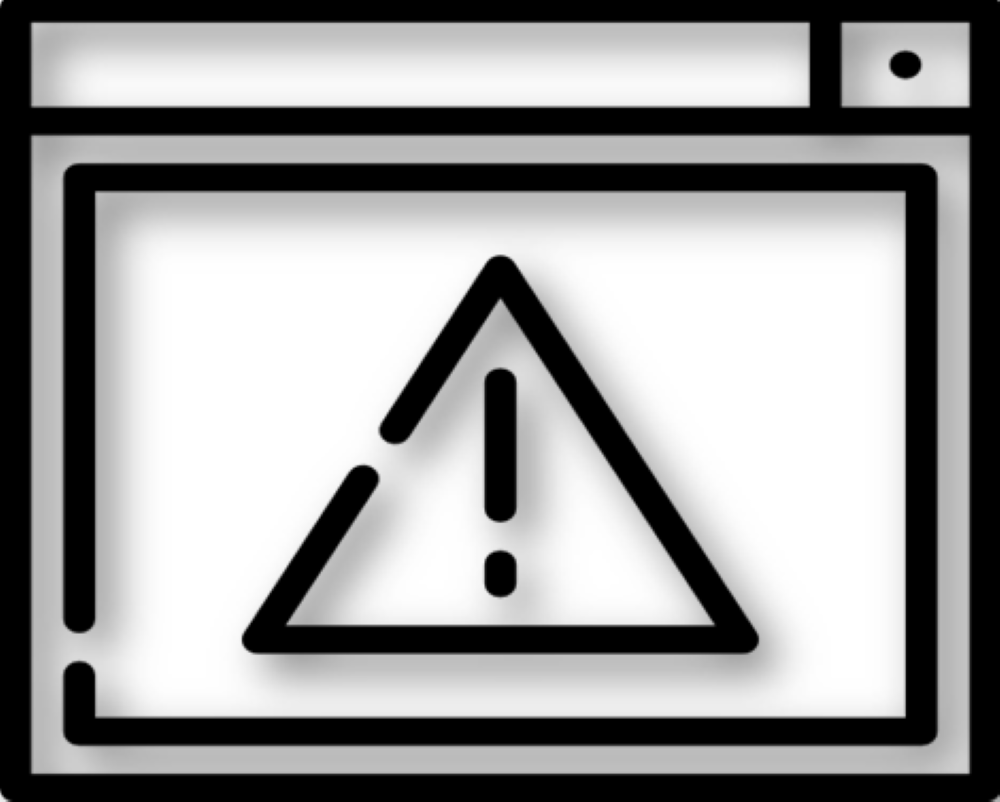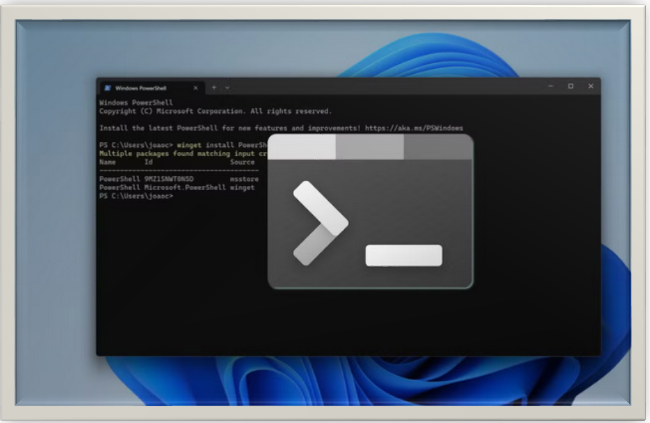HOW TO FIX HYPERVISOR ISSUES IN WINDOWS 11:
Discover effective solutions to troubleshoot and fix hypervisor issues in Windows 11. Enhance your virtualization experience with our expert tips and guides!

INTRODUCTION
Do you keep noticing the "Hypervisor error" when using Windows 11's virtualization tools? Especially when using applications that rely on virtualization, such as Hyper-V, VMware, or VirtualBox, this issue might impede virtual machines' functioning, leading to data loss, performance deterioration, and general system instability. Fortunately, this problem can be solved in a few easy steps. This easy-to-follow guide will explain the definition of a Hypervisor fault and how to fix it.
What is Hypervisor error?
Hypervisor is software used to enable the operating system to build and control virtual computers. With these virtual machines, you may use your Windows 11 device to run separate operating systems or environments. Hypervisor errors may arise from conflicts or problems with this software layer.
Typical Reasons for Hypervisor Issues
-
Incompatible Hardware: Conflicts with the hypervisor may arise from outdated or incompatible hardware components.
-
Driver Issues: Outdated or corrupted drivers may cause the hypervisor to malfunction.
-
Software Conflicts: Some programs may cause conflicts with the Windows Hypervisor Platform (WHVP), especially security programs or other virtualization utilities.
-
BIOS Configuration: The proper operation of the hypervisor may be impeded by incorrect BIOS settings.
-
Corrupted System Files: Hypervisor faults may be caused by corrupted system files.
-
Inadequate Resources: The available resources may be insufficient for the hypervisor to function properly.
Easy ways to fix Hypervisor error
- Examine the BIOS settings:
-
Disable Hyper-Threading: Try turning off Hyper-Threading in your BIOS for a while if you're having performance problems.
-
Make sure to check for BIOS updates: Update your BIOS to the most recent version to fix any possible incompatibilities.
- Enable virtualization in the BIOS.
The virtualization feature being disabled in your computer's BIOS settings is one of the main reasons for a Hypervisor issue in Windows 11. This functionality needs to be enabled for virtual machines or applications that rely on virtualization to function properly.
How to Enable Virtualization in the BIOS:
-
Launch the BIOS or UEFI settings after restarting your computer.
Usually, you may accomplish this by pressing a key during the startup process, such as F2, Delete, or Esc (the exact key may vary depending on the manufacturer of your computer). -
After entering the BIOS, look for an option associated with AMD-V (for AMD processors), Intel VT-x, or Intel Virtualization Technology.
-
By choosing the appropriate option and setting it to Enabled, you can Activate Virtualization.
-
Save your changes, then press F10 to exit the BIOS.
-
Check to see if the Hypervisor problem has been fixed after restarting your computer.
-
Make Sure Windows 11 Has Hyper-V Enabled
Hyper-V, an integrated virtualization platform, is a feature of Windows 11. A Hypervisor error may appear if Hyper-V is not properly configured or enabled.
Procedure for Turning on Hyper-V in Windows 11:
-
Open the Run dialog by pressing Windows Key + R.
-
Press Enter after entering optional features.
-
Find Hyper-V in the Windows Features panel.
-
Verify that all of the options under Hyper-V are checked, including: Hyper-V Platform and Hyper-V Management Tools
-
Click OK to let Windows activate the feature. It might be necessary to restart.
Try running your virtual machines once again after rebooting to see if the error still occurs.
- Verify that the Windows Hypervisor and Virtual Machine Platforms are enabled.
In addition to Hyper-V, Windows 11 makes use of the Windows Hypervisor Platform and Virtual Machine Platform to support particular virtualization features. It might be necessary to activate these options to fix the Hypervisor problem.
How to Turn on the Windows Hypervisor and Virtual Machine Platforms:
-
Type optional features, press Windows Key + R, and then Enter.
-
Locate Windows Hypervisor Platform and Virtual Machine Platform by scrolling down.
-
Select these options if the boxes next to them are not checked.
After selecting OK, restart your computer.
Next, use virtualization software to see if the fault persists.
- Turn Off Additional Virtualization Programs
Hyper-V or other Windows virtualization settings may be affected if you have other virtualization programs installed, such as VMware or VirtualBox. The Hypervisor error may be caused by this intervention.
How to Disable Incompatible Programs:
-
Press Ctrl + Shift + Esc to open Task Manager.
-
Select the Startup tab and turn off any programs associated with VirtualBox or VMware.
-
Select Apps > Installed Apps after selecting Settings.
-
Select the virtualization program you no longer need, then click Uninstall to get rid of it.
Try using Hyper-V or other virtualization features again after restarting your computer and deleting or disabling any conflicting apps.
- Make sure your drivers and Windows are up to date.
Outdated system software or drivers can sometimes cause a Hypervisor problem in Windows 11. Many fundamental issues can be fixed by keeping your system updated.
How to Install Windows Updates:
-
Launch Settings by pressing Windows Key + I.
-
Select Windows Update from the left sidebar.
-
Click on Check for updates.
-
Restart your computer after installing any available updates.
How to Update Drivers:
-
Select Device Manager by pressing Windows Key + X.
-
Locate Intel Virtualization Technology or comparable virtualization-related entries by expanding System Devices.
-
Choose Update driver from the menu when you right-click on it.
-
To finish the driver update, adhere to the instructions.
Check to see if the Hypervisor error has been fixed by restarting your computer after everything has been updated.
- Turn off the Credential Guard or Device Guard.
Improved security measures like Device Guard and Credential Guard in Windows 11 can occasionally interfere with virtualization. Disabling these functions can assist in resolving the Hypervisor problem.
How to Turn Off Credential Guard or Device Guard:
-
Click Windows Key + R to launch the Group Policy Editor. Type gpedit.msc and click Enter.
-
Select Administrative Templates > System > Device Guard under Computer Configuration.
-
Double-click on Turn On Virtualization Based Security.
-
Click OK after changing the setting to Disabled.
-
Give your computer a restart.
Check to see if the Hypervisor fault has been resolved after turning off Device Guard.
- Do a Boot Clean
Executing a clean boot can assist in determining whether any background applications are triggering the Hypervisor error. A clean boot sets up Windows with the fewest possible startup apps and drivers.
Procedure for Performing a Clean Boot:
-
Type msconfig and press Enter after pressing Windows Key + R.
-
Select the Services tab in the System Configuration window.
-
Click Disable All after selecting Hide all Microsoft services at the bottom.
-
Choose Open Task Manager after switching to the Startup tab.
-
Turn off every starting item that the Task Manager displays.
-
Click OK after returning to System Configuration.
-
Give your computer a restart.
Check to see if the Hypervisor error still exists after rebooting.
- Look for corruption in system files:
System File Checker (SFC): To identify and fix any corrupted system files, use the SFC utility. Enter sfc /scannow in the Command Prompt after opening it as an administrator.
If SFC is unable to resolve the issue, attempt DISM (Deployment Image Servicing and Management). Type DISM.exe /Online /Cleanup-image /Restorehealth into the Command Prompt after opening it as an administrator.
- Boost System Capabilities:
RAM: You should upgrade your machine if its RAM is low.
Storage: Make sure your system drive has adequate free space.
Reinstall Windows (Last Resort): A fresh Windows installation might be required if none of the earlier fixes resolve the issue. Since it would delete all of your data, this should be your final resort.
Alternative solutions:
-
Check Event Viewer: Monitor the Event Viewer for any hypervisor-related error messages.
-
Contact Hardware Manufacturer: Seek help from the manufacturer if you think there may be a hardware problem
-
Seek Online Forums: To get assistance from other users, join virtualization-related online forums or communities.
The majority of Windows 11 hypervisor issues should be fixed if you adhere to these troubleshooting procedures and take into account the extra advice.
Remain composed and take a thorough approach to each step until you identify the root cause.
CONCLUSION
Windows 11's Hypervisor error may be caused by several things, including out-of-date drivers, software conflicts, or disabled virtualization settings. You should be able to fix the problem and have your virtual machines or other virtualization software operating normally again by following the instructions in this article.




